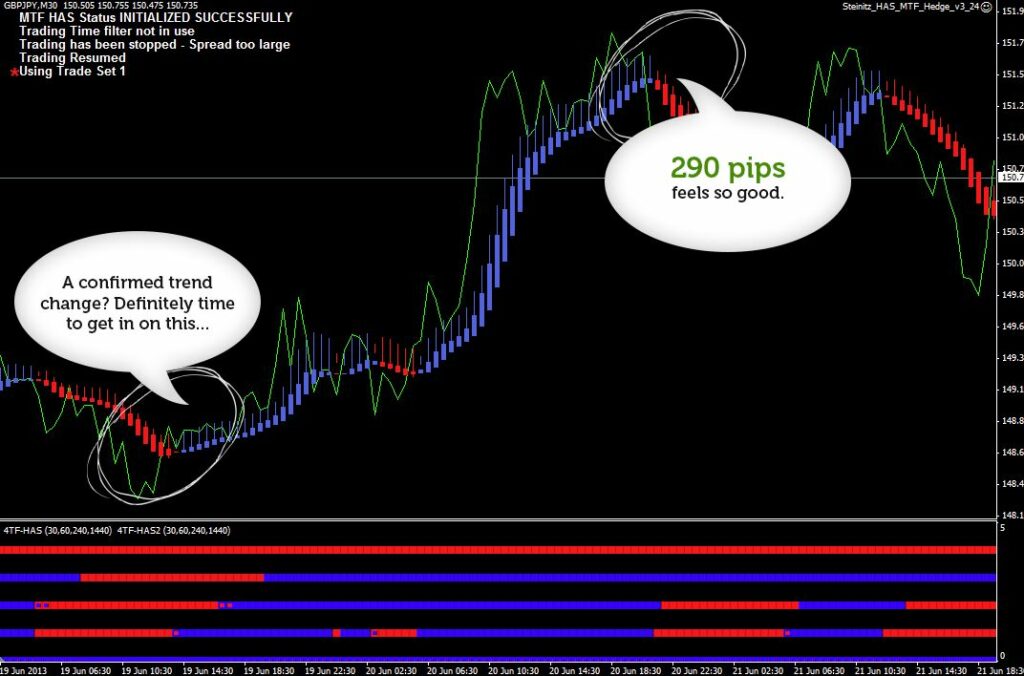In the dynamic world of forex trading, risk management is paramount. Hedging techniques provide a valuable tool for traders to safeguard their positions and mitigate potential losses. This article delves into the intricacies of forex hedging, offering a comprehensive guide to essential strategies for effective risk management.

Image: best-forex-indicator.com
Understanding Hedging
What is Forex Hedging?
Hedging involves taking opposing positions in the forex market to offset the risk associated with a primary position. By establishing two correlated trades, one with a positive exposure and the other with a negative exposure, traders aim to minimize the impact of adverse market movements.
Types of Hedging
Various hedging strategies exist, each with unique characteristics and risk-reward profiles. Common types include:
- Currency Pairs Hedging: Pairs correlation (positive or negative) determines the effectiveness of this strategy.
- Currency Index Hedging: Involves hedging a position using an index that tracks multiple currencies.
- Futures Contracts Hedging: Utilizing futures contracts to hedge against future price fluctuations.
- Options Hedging: Advanced strategy involving options contracts to manage risk and enhance returns.
Strategies for Effective Hedging
Efficient hedging requires a well-defined strategy. Here are some key considerations:
- Identify Correlation: Determine the correlation between the hedging instrument and the primary position to ensure effective risk mitigation.
- Adjust Hedge Size: The hedge position size should be calculated based on the risk exposure of the primary position and the correlation between instruments.
- Monitor Market Conditions: Constantly monitor market conditions to adjust hedging strategies as needed. Risk exposure and correlation can fluctuate over time.
- Exit Strategy: Establish a clear exit strategy for both the primary and hedge positions to lock in profits or avoid excessive losses.
- Consider Execution Costs: Factor in fees and slippage associated with executing hedge positions.
Expert Tips and Advice

Image: www.ezyspot.com
Guidance from Experienced Traders
Seasoned forex traders offer invaluable insights for effective hedging:
- Discipline and Patience: Exercise discipline in implementing hedging strategies and maintain patience throughout the process.
- Risk Management: Focus on overall risk management rather than solely relying on hedging techniques.
- Adaptability: Be prepared to adjust hedging strategies as market conditions evolve.
How To Hedge With Forex
FAQ: Common Hedging Questions
Q: What is the optimal hedge ratio?
A: The ideal hedge ratio depends on the correlation, risk tolerance, and position size.
Q: How to calculate hedging costs?
A: Consider transaction fees, spread, and slippage as hedging costs.
Q: Is hedging suitable for all forex traders?
A: Hedging can benefit traders with significant risk exposure and those seeking to manage volatility.
Conclusion
Forex hedging is a powerful risk management technique that empowers traders to navigate market fluctuations and enhance the profitability of their positions. By understanding different hedging strategies, implementing sound execution, and heeding expert advice, traders can mitigate risks, safeguard their capital, and achieve success in the dynamic world of forex trading.
Are you eager to explore the potential of forex hedging and elevate your risk management strategies? Delve into our resources, join online forums, and seek guidance from experienced traders to gain a comprehensive understanding and unlock the benefits of this essential technique.






